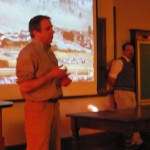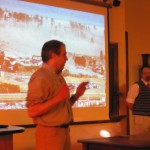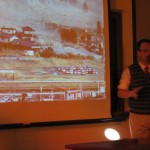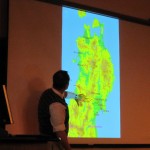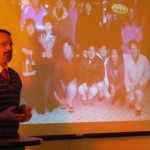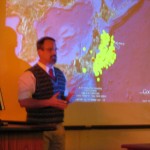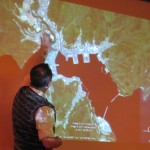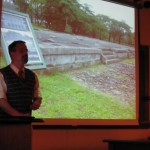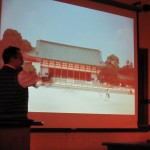Luce Initiative on Asian Studies and the Environment
Bonsai is a Japanese art form using miniature trees grown in containers. Contrary to popular thought, Bonsai is not kept miniature by any kind of genetic manipulation; in fact, it is cultivated using a combination of art and science.
Despite its attribution as a Japanese art form, Bonsai originated in China about 2000 years ago. In China, the tradition of Bonsai remains under the title of pun-sai. Pun-sai began as the practice of single species tree cultivation in pots. Over the last thousand or so years, Japan has, however, contributed greatly to the refinement of the art of Bonsai, which is why it is often credited with its inception. It is not even exclusive to these two countries; Vietnam maintains a similar tradition by the name of hòn non bộ.
Bonsai is a combination of the words “bons,” meaning shallow pan, and “sai” meaning plant. Bonsai can be translated as “tray planting.”
Bonsai is cultivated and miniaturized by pruning new growth and roots as well as by wiring the branches for shape. It is also kept small by frequent repotting; a tree in a pot will grow much slower than in the ground.
It is a quiet art, and a slow one as well. Bonsai is cultivated and admired contemplatively, for both the artist and viewer.
Want to see the photos of the Dickinson bonsai project? Click here!
Image by: Twicepix



